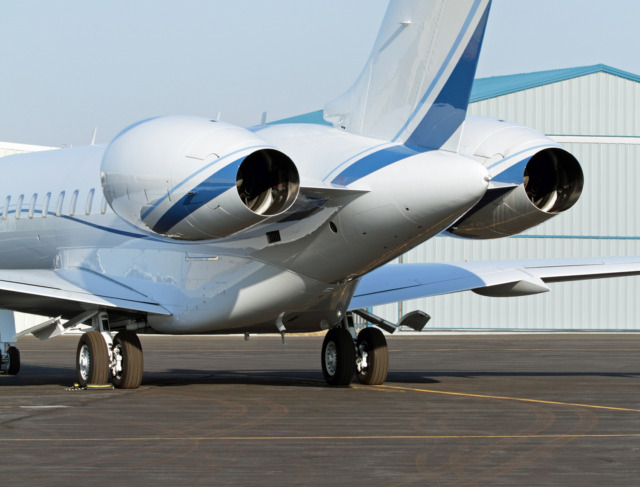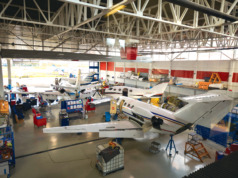
The current preowned business aircraft market is awash with anxious buyers seeking a deal, anticipating distress sales similar to the 2008-2009 economic downturn. The few that have closed in “as-is, where-is” condition might appear to be great bargains, but when unknown corrosion is found, necessary repairs and other heavy maintenance events can almost exceed the aircraft’s total value. So much for the bargain!
Avoiding Unhappy Post-Purchase Surprises
Whether you’re upgrading or entering the market as a first time buyer, you’ll want your aircraft to have a thorough pre-purchase inspection at a maintenance facility qualified to serve the specific make/model aircraft you’ve selected (See “Inside View,” BAA July/August 2017).
Different levels of pre-purchase inspection are dependent on your penchant for risk avoidance. The maintenance history and condition of the aircraft ultimately will determine your ownership experience – will the aircraft be ready to fly the day you take delivery?
Typically, the process involves a records review and a physical inspection in key areas looking for corrosion and major structure damage caused by age or accidents.
If you request a detailed inspection, expect some pushback from the seller. However, an aircraft that is well maintained, operated regularly, and stored properly should not present any huge, surprising issues.
Your Technical Representative
You should have a qualified professional technical representative under contract to be present during the entire pre-buy inspection. If you’re upgrading or replacing a current aircraft, this can be your own mechanic.
If buying your first aircraft, your broker should be able to recommend a qualified technician. This person should be contracted with and paid directly by you. Establish your expectations and communications process before you begin. The technician’s job is to confirm that the aircraft’s condition is as stated in your purchase agreement, and so should have a well-seasoned maintenance background as well as experience on the exact model you have under contract.
Your technical representative is responsible for drafting a pre-purchase inspection checklist of critical items. Although most Original Equipment Manufacturers (OEMs) do not provide a standard list, some maintenance facilities do. Your broker and tech rep will negotiate a reasonable checklist of inspection points satisfactory to both you and the seller. The goal is to ensure that certain critical areas are inspected, to avoid any incurable or expensive post-purchase problems.
How Deep Should You Dig?
While it is not necessary, or usual, to disassemble the entire aircraft, detailed records research on the engines, auxiliary power unit, and airframe is required to understand the aircraft’s history. A capable, experienced tech rep will know what to look for and what to ask, often uncovering hidden problems. For example, a structure part change might trigger the question as to why this part was changed.
Covering All Bases
Some underlying problems may not be discovered during the inspection. Flight testing at altitude may reveal problems with avionics, autopilot systems, pressurization, cabin temperature, cabin noise, or flight performance characteristics. Your pilot (or qualified contractor) should test fly the aircraft with the seller’s pilot prior to the inspection, and then again afterwards during the acceptance flight, to verify that all systems work correctly and that any “squawks” uncovered by your tech rep have been repaired. Climbing to normal cruise altitude will enable your pilot to complete appropriate operational checks, and identify most operational issues not evident on the ground.
The pilot and your tech rep then will debrief with you and the broker. Any items uncovered during the inspection and/or flight test may require further investigation and correction, helping you to decide when – or if – it is right to move on to aircraft closing. BAA
George Kleros, Senior VP, Advisory Services for Jet Support Services, Inc. (JSSI), has more than 30 years of experience in Aviation Maintenance, Management, and Field Support Services for business jet aircraft.





